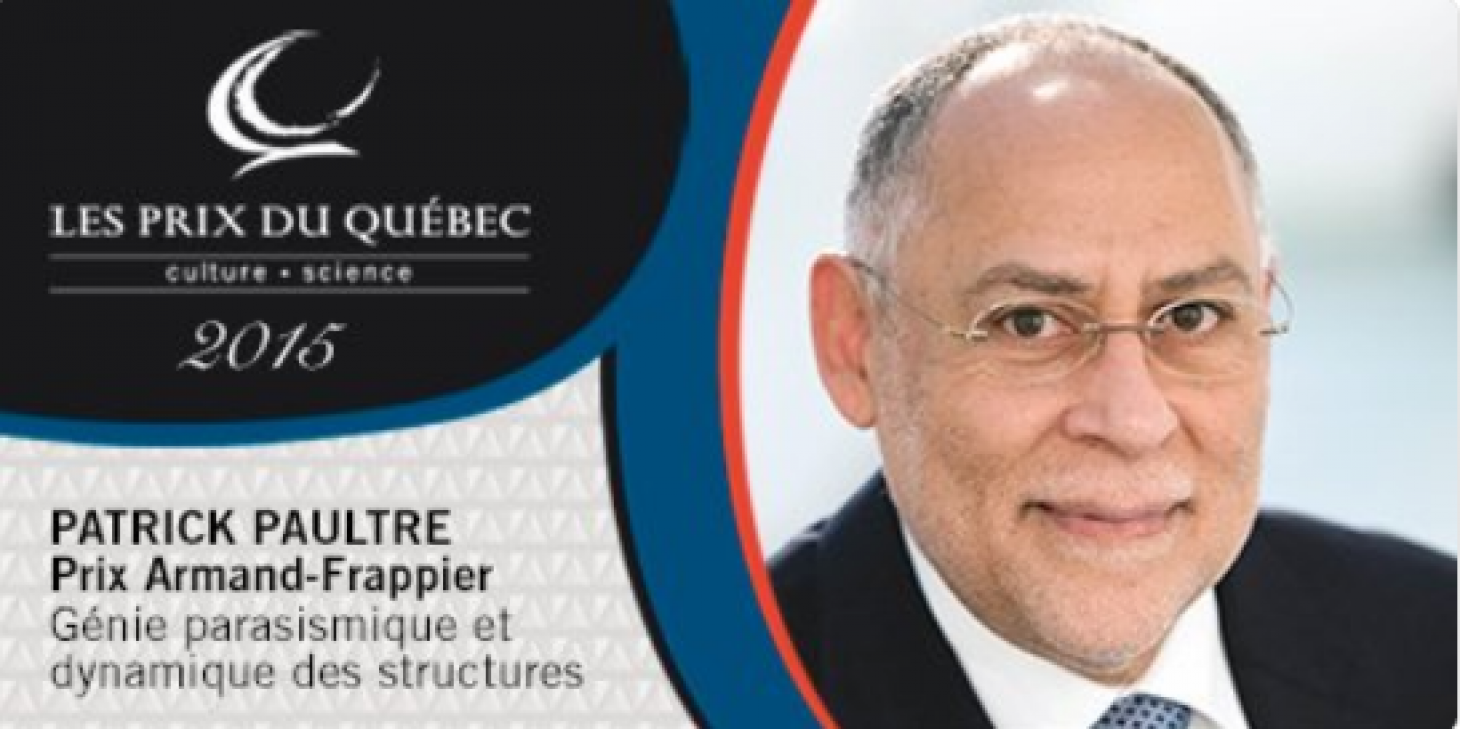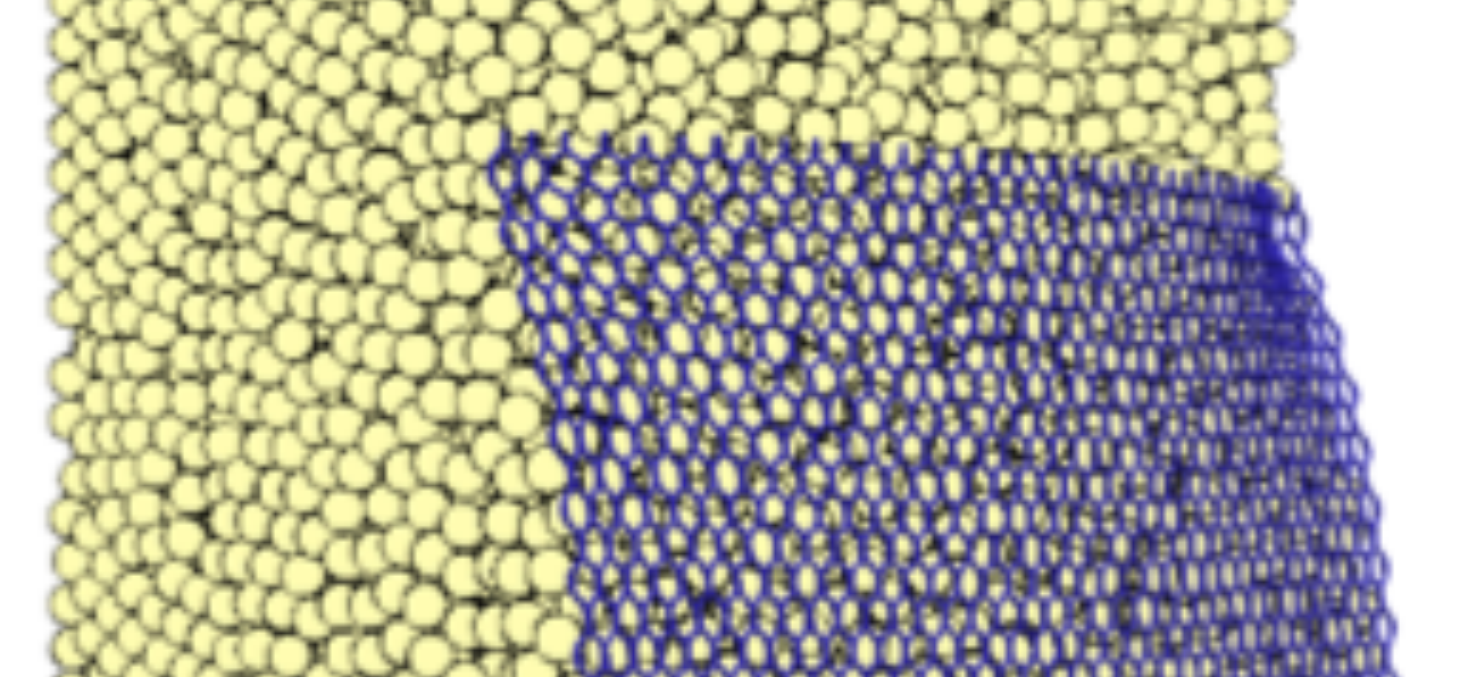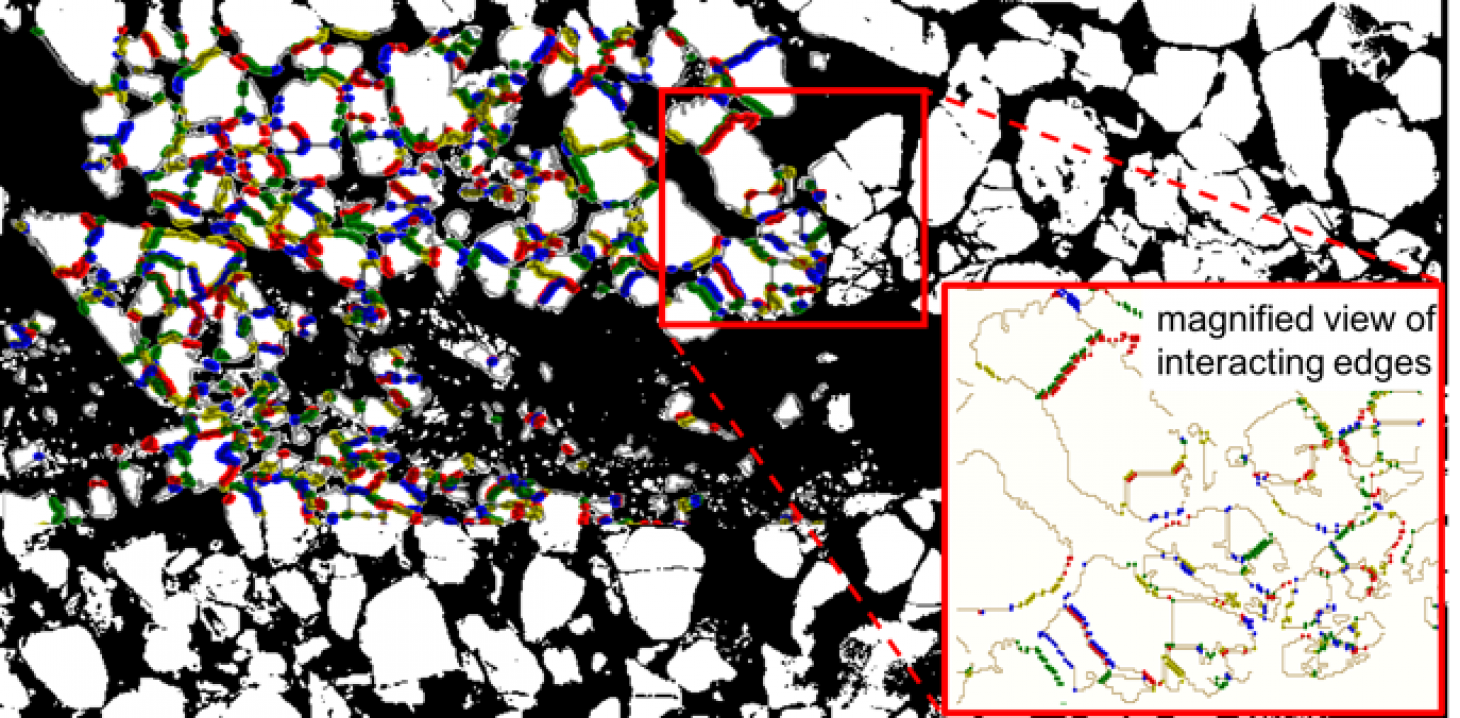Séminaire
Le 22 octobre 2018
Complément lieu
Amphi Kilian, 1381 Rue de la piscine
Dans le cadre des séminaires RISK, le Professeur Patrick Paultre de l'Université de Sherbrooke (Canada), titulaire de la Chaire Canadienne en Ingénierie Sismique, lauréat du Prix Armand-Frappier 2015, donnera un séminaire sur la résilience des acteurs locaux à Haïti après le tremblement de terre de 2010. Pr. Paultre recevra par ailleurs dans quelques mois le Doctorat Honoris Causa de l'Université Grenoble Alpes.
10h : "From capacity design to resilience : a change of paradigm in light of the Haiti and New Zealand earthquakes"
A historical review of the evolution of seismic design codes is presented. It is shown that capacity design, which has been the accepted design philosophy for the last 50 years, has evolved from lessons learned after damaging earthquakes. However, recent damaging earthquakes in Haiti, Chile and New Zealand have proved that this approach is not viable, although still in use worldwide. Reconstruction of destroyed significant part of major cities has brought the concept of structure resilience. It is shown that a paradigm shift is needed. Different techniques to increase resilience of cities are discussed.
11h : "Hybrid testing for seismic characterization of members and structures"
Tests of structures and members have been the main support for development of analytical methods for the nonlinear study of structures under earthquake excitation. Due to laboratory limitations, most tests have been carried out on reduced size specimens and rarely on complete structures. Developments in control systems, software and testing apparatus have allowed the use of pseudo-dynamic tests of large scale members and structures as an alternative to reduced size shaking table tests. Advanced in software engineering and control systems allow today to perform hybrid dynamic, pseudo-dynamic and distributed tests. The presentations will illustrate different testing systems in use around the world and their application to important test programs.




